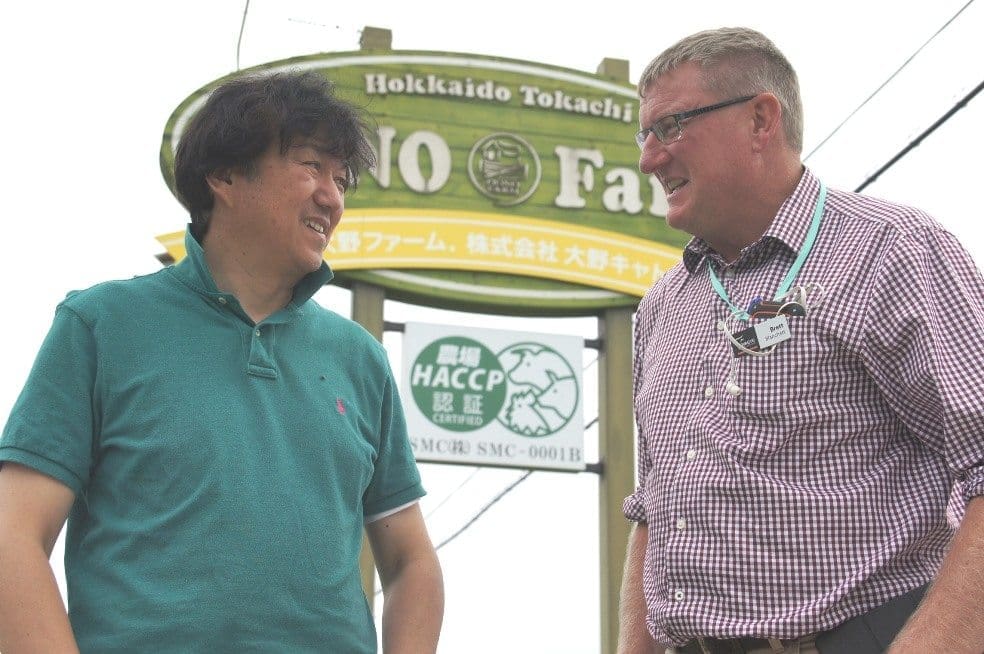
Yasuhiro Oono with tour member Brett Blanchett from Pardoo Beef, Port Hedland, WA, during last week’s visit
COMMERCIAL cattle feedlot, cropping, Wagyu restaurant, solar power farm, composting business and value-added beef products – Japanese farmer Yasuhiro Oono squeezes an awful lot out of his busy 130ha farming enterprise on the northern island of Hokkaido.
His Oono Farm business near Memuro was one of the early highlights on the 2017 Japan Wagyu study tour organised by the Australian Wagyu Association and Quadrant Agritours.
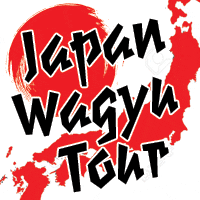 While the business was established 31 years ago on lotfeeding cattle and calf-rearing, it has since expanded and diversified in a number of new directions, all leveraging in some way off the original livestock operations.
While the business was established 31 years ago on lotfeeding cattle and calf-rearing, it has since expanded and diversified in a number of new directions, all leveraging in some way off the original livestock operations.
Mr Oono has fond memories of his time spent in Australia as a young man in 1990, working for Ian Watson on his Injemira Herefords property near Holbrook in New South Wales.
The feedlot itself employs 13 staff, ‘and one dog,’ Mr Oono told the tour group.
His business is particularly large by Japanese family-owned cattle enterprise standards, with 4000 cattle run across two feedlot sites. He wants to grow his business to 10,000 head at some future time.
The main farm visited by the AWA tour group was feeding 1000 Wagyu cattle and 1500 dairy steer – all shedded year-round, which is especially important in Hokkaido’s savage winters. There is also some feeding of cull Wagyu breeding cows aged around 10 years for beef production. Fed for six months, these cows are mostly sold for dry-aged beef into the Tokyo market, where they mostly grade A3 on the Japanese grading system.
Surrounding paddocks are used to grow roughages and grain. Unusual by Japanese standards, the feedlot/farm is self-sufficient in roughage, but buys in most of its grain requirements in. Crops include wheat, soybeans, corn and oats for hay, silage and grain, used through the feedlot, plus some pasture. Sunflowers are grown as a green manure crop.
Large volumes of silage are harvested at the end of summer and play a critical role over the cold winter months.
The feedlot and backgrounding business concentrates on F1 Wagyu x Holstein and Wagyu cattle, buying newborn calves for raising from local dairy farmers. Each month about 200 calves are purchased. Dehorning takes place at three weeks using an alkaline cream.
Holstein calves are purchased for around 90,000 yen, while the F1 heifer calves cost around 180,000 yen, F1 steers calves 200,000 yen and Wagyu calves 350,000 to 400,000 yen.
Calves are backgrounded for 120 days after weaning.
Finished Holstein steers are sold at 19 months, F1s at 23 months and Wagyu 28 months of age.
The Wagyu cattle typically produce BMS Japanese marbling scores of at least 6, and up to 9, while around 70pc of the F1 cattle produce grading scores of B3.
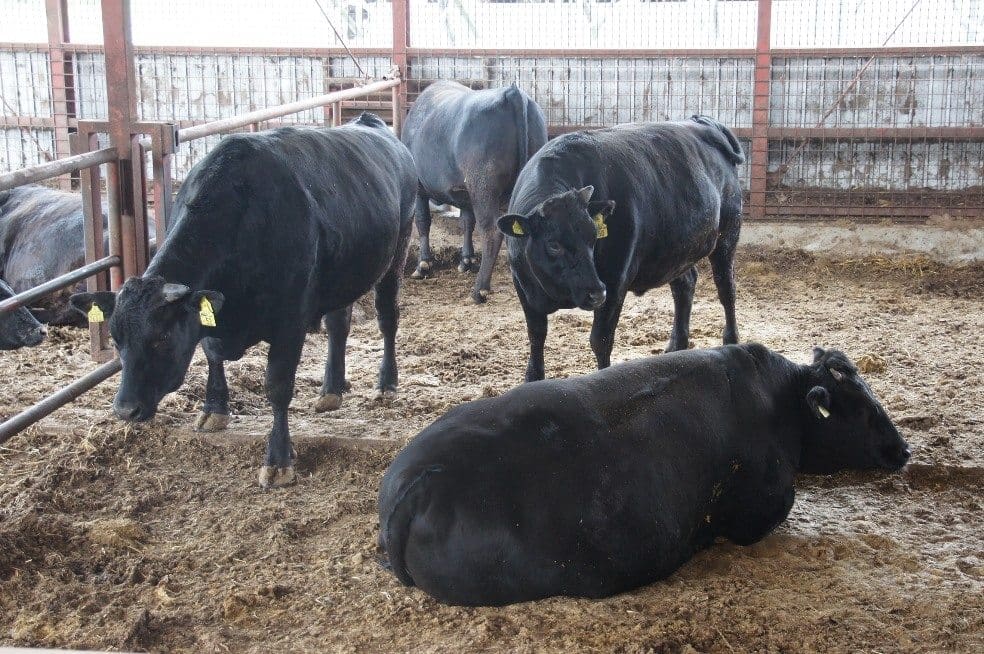
Fullblood Wagyu cattle close to completing their 500 day feeding programs
Where possible the feedlot tries to use Hokkaido-grown feedstuffs, but like most lotfeeders in Japan, a considerable proportion of feedstuffs is imported. Rations are based on corn, rice plus some barley and second grade wheat, and distillers’ grain. Grain is flaked and milled on-site. All non-GMO feedstuffs used. Daily gains on the Japanese style ration are around 1kg/day.
Finished cattle are mostly sold as carcases through a local Hokkaido wholesale market.
Here’s a brief snapshot of some of the other ventures Oono Farm has moved into in recent years, to ‘value-add’ its farming and lotfeeding operations:
Restaurant
Located in a picturesque setting overlooking the farming operations is Mr Oono’s Cow Cow Village restaurant and café, a modern, architect-designed venue designed to take advantage of the pleasant views with floor to ceiling glass. Oono Farm Wagyu beef obviously takes pride of place on the menu.
This is a ‘destination’ type restaurant for busy Japanese city dwellers looking for an escape in the country and a great meal in a tranquil country setting. It reminded us of the restaurant/entertaining facilities located on Australian feedlots such as Rangers Valley, Whyalla and Mayura Station in South Australia.
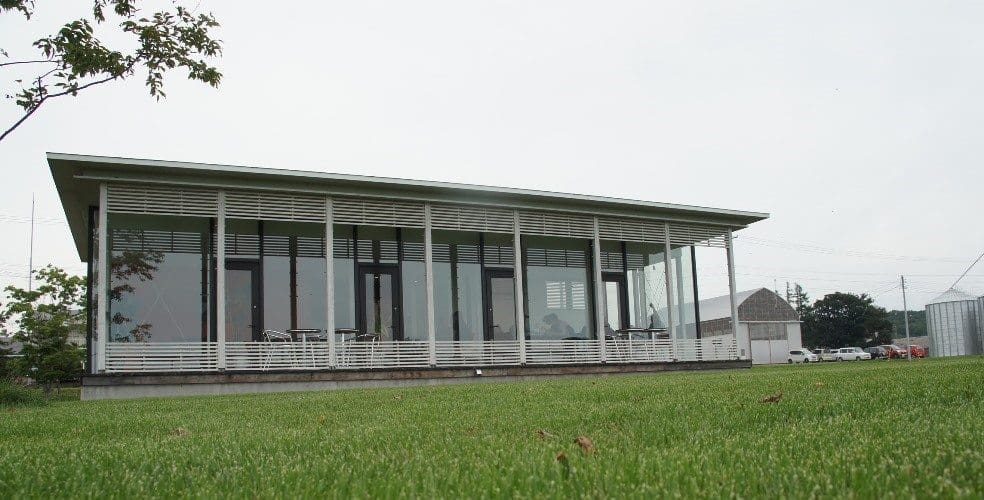
Solar power generation
Another stream to the Oono business is solar power generation, with seven enormous bays of panels, each 100 metres in length, located on unused land between the rows of feedlot sheds. The 500kW of electricity generated each day is fed into the local power grid, with requirements bought back from the system.
The Japanese Ministry of Agriculture subsidised the project to the tune of 50pc of the installation cost. This apparently made the project a financially attractive proposition.
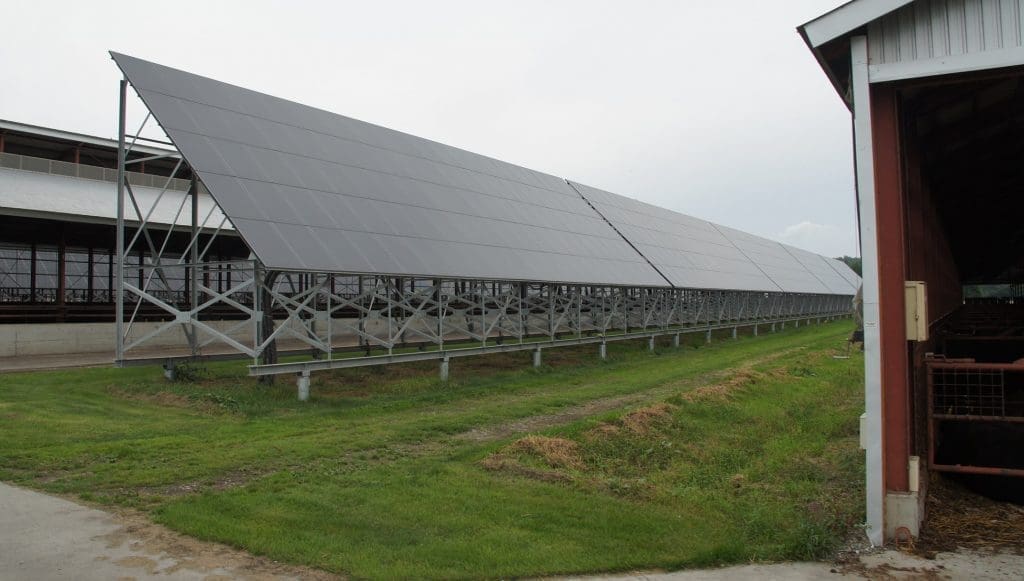
Seven bays of panels, each about 100m long, generate about 500kW of power each day.
Compost production
Pen waste is collected and processed in a large composting facility (see photo), either for use on surrounding paddocks as fertiliser, or sold to nurseries for potted plant production or on-selling to home gardeners.
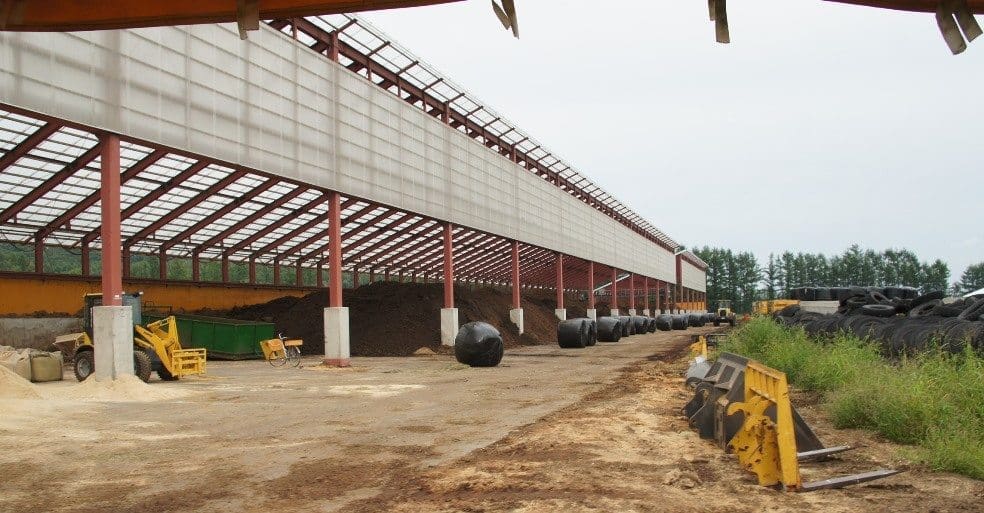
This enormous shed has been built for composting operations, using pen waste
Value-added products
Leveraging off the farm’s identity and well-conceived branding, Mr Oono has developed a series of value-added beef products based on the company’s operations.
Attractively packaged hamburg beef patties, beef curry and corned beef are sold in take-home packs, and through local retail outlets. Some use advanced shelf-stable pouch packaging, doing away with the need for refrigeration. The curry packs were retailing for the equivalent of around A$15 each.
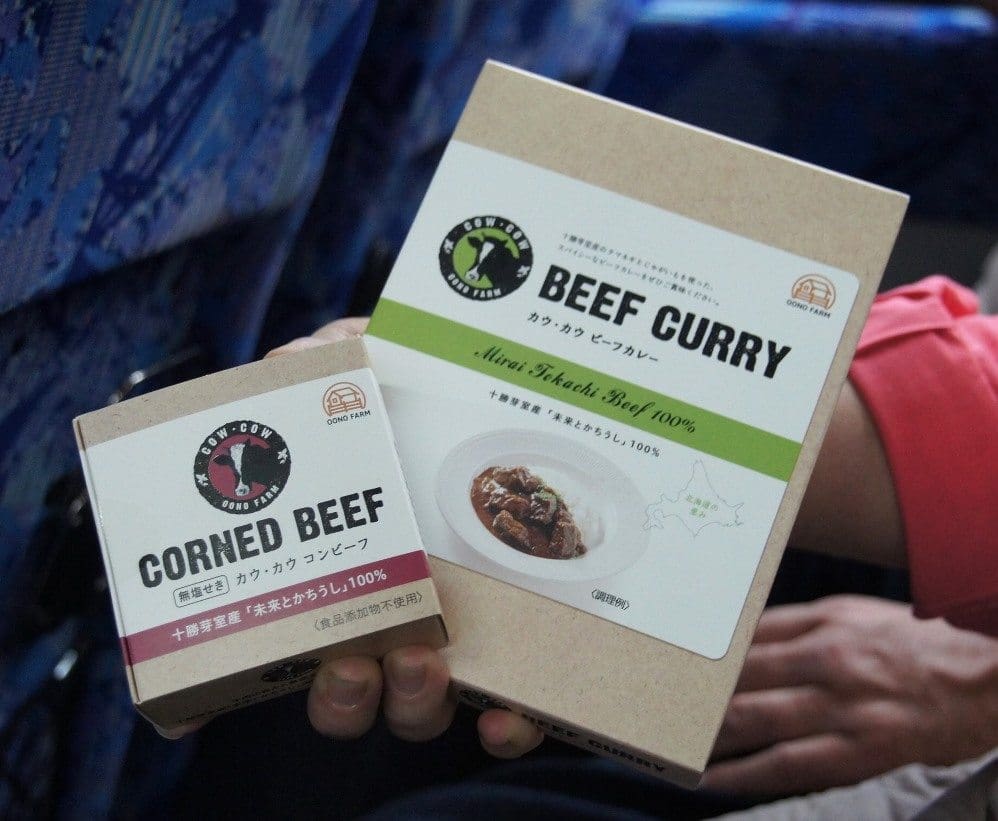
Sample of the value added products carrying the Oono Farm label

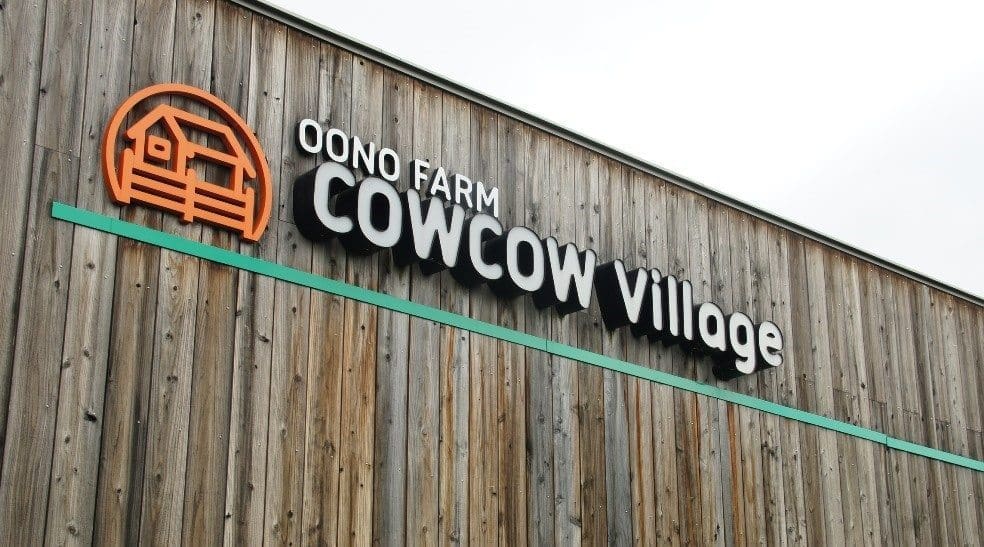
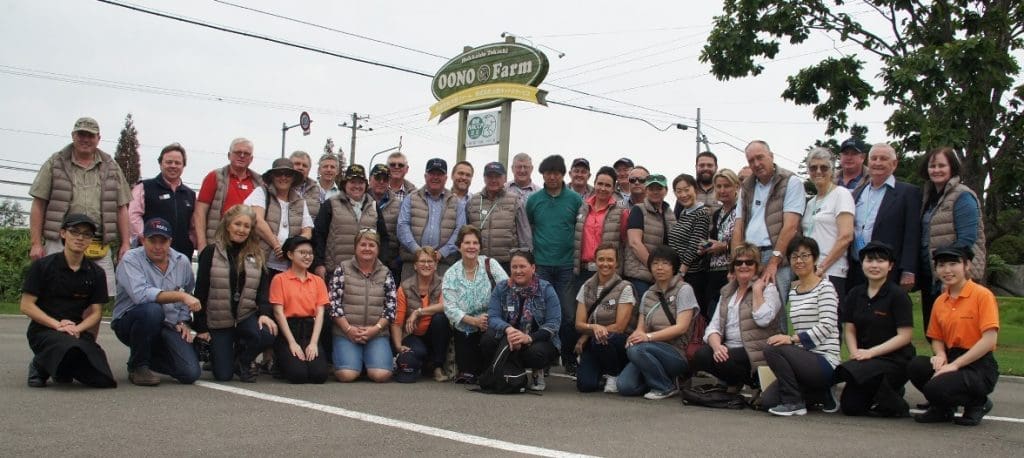


HAVE YOUR SAY